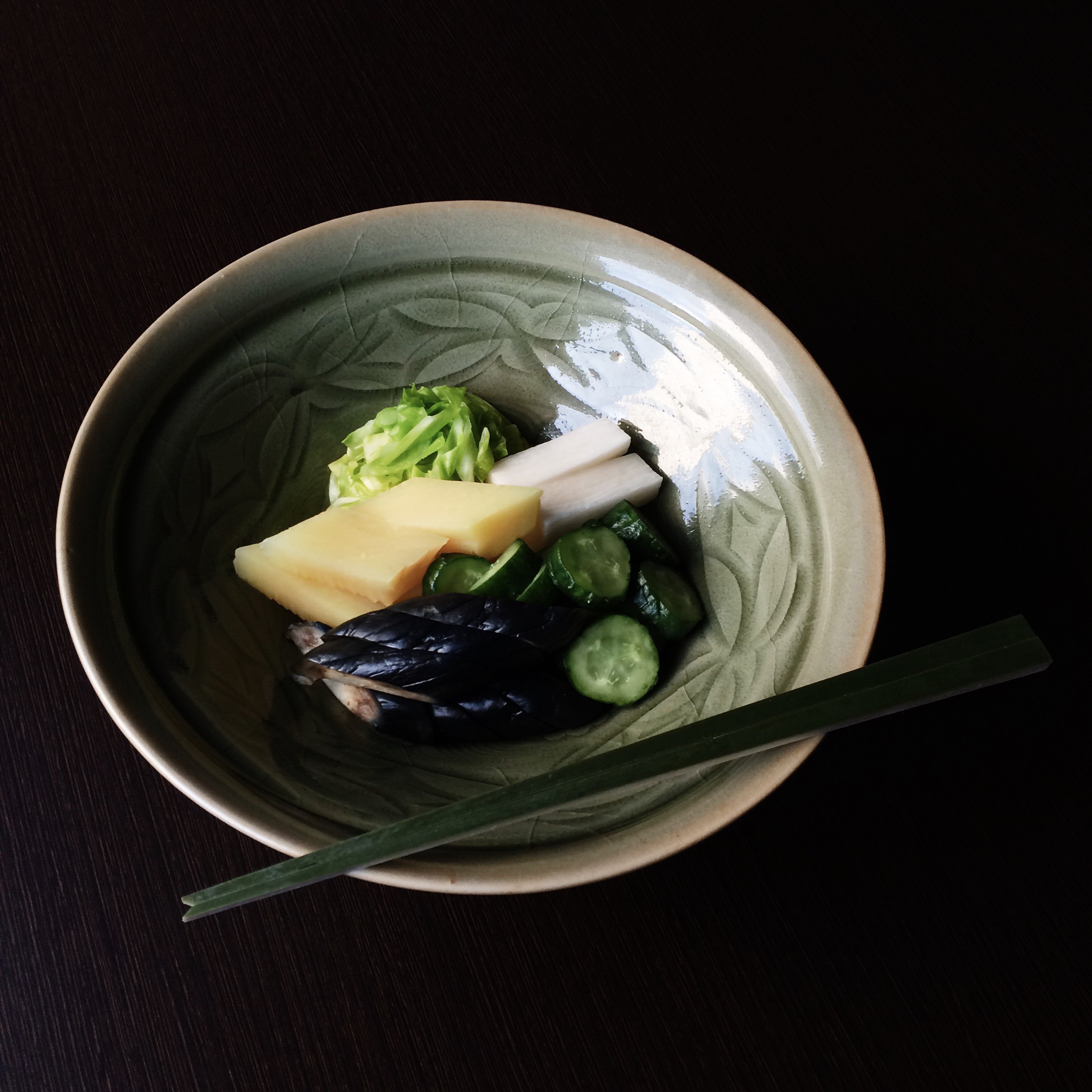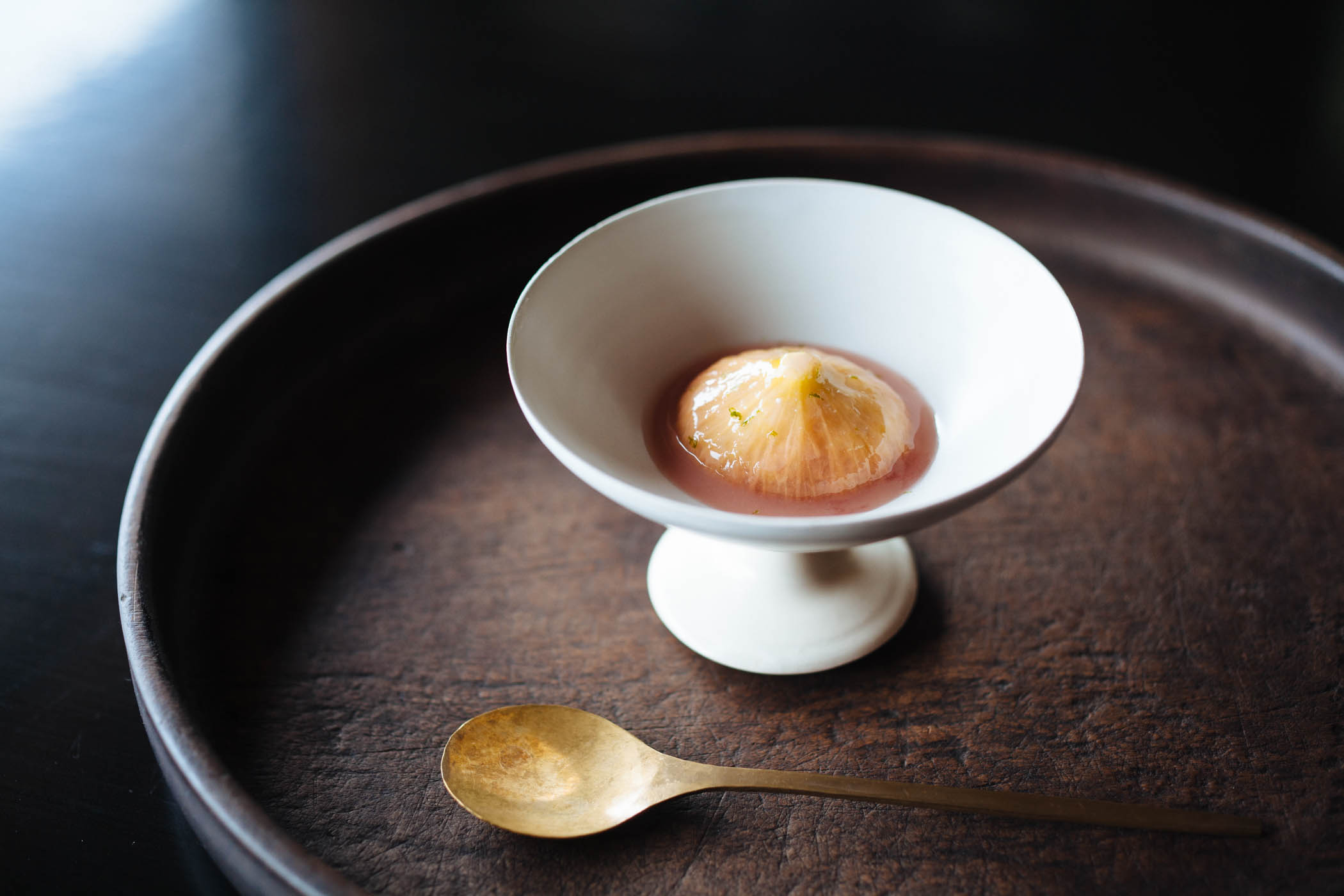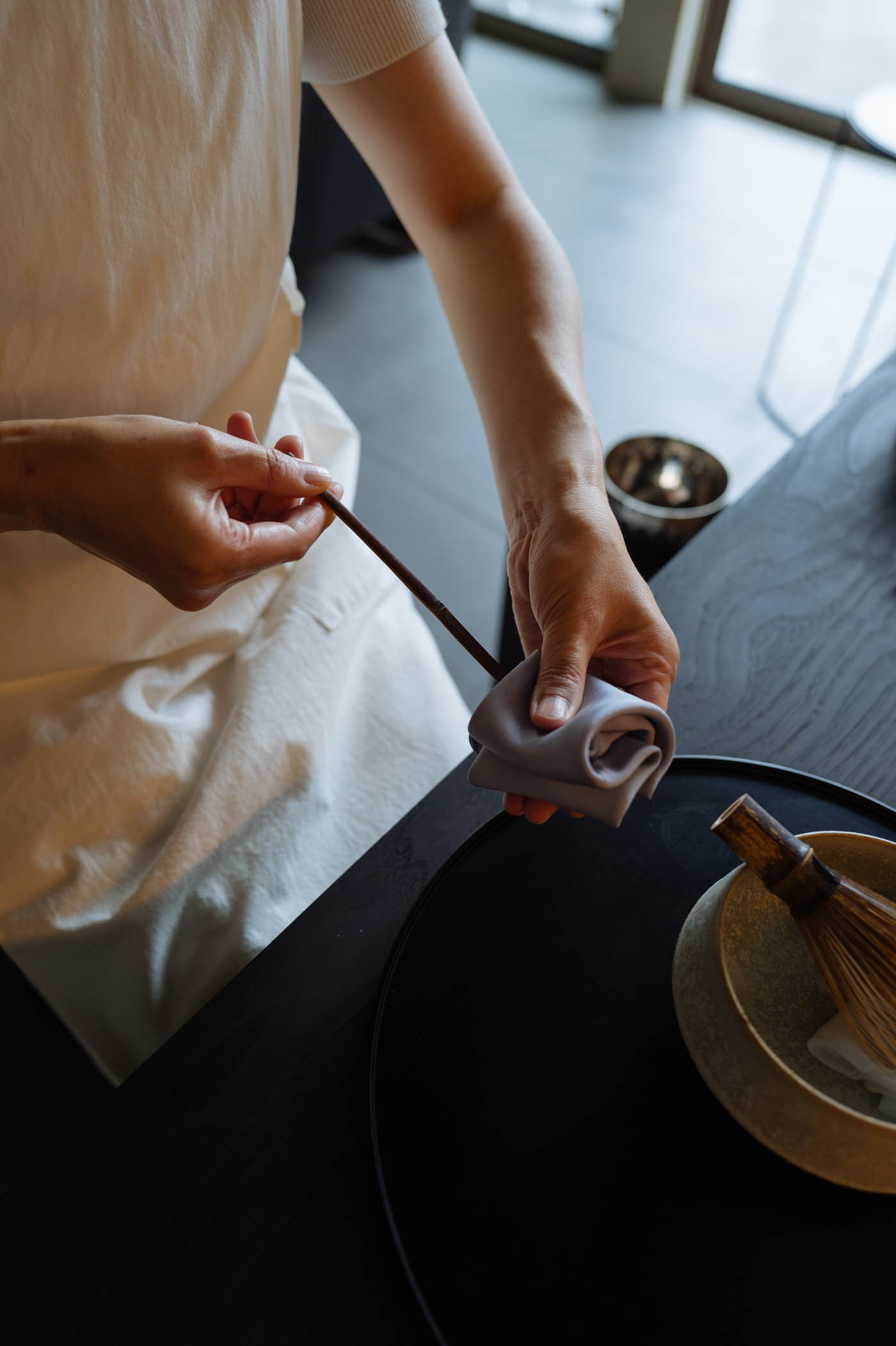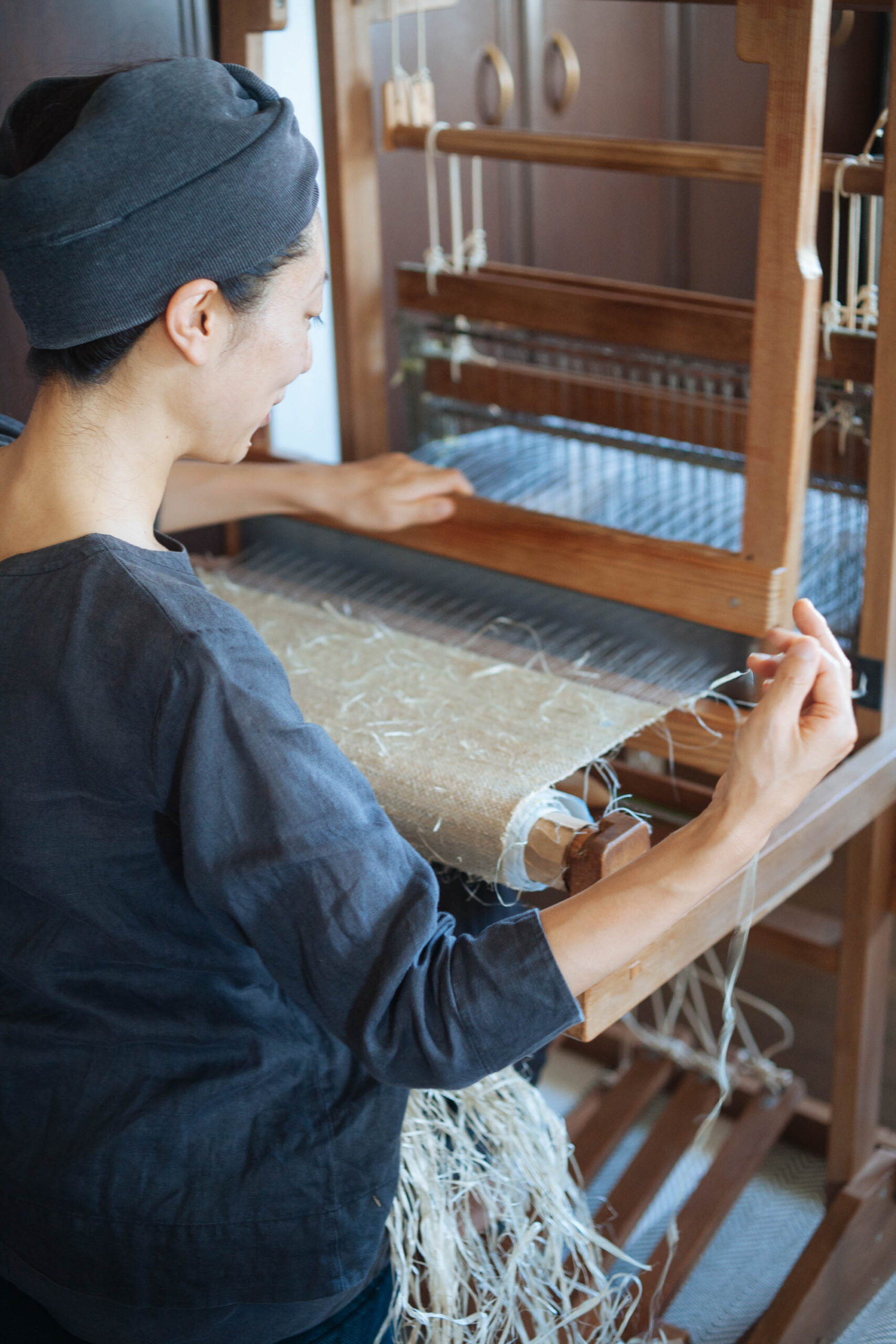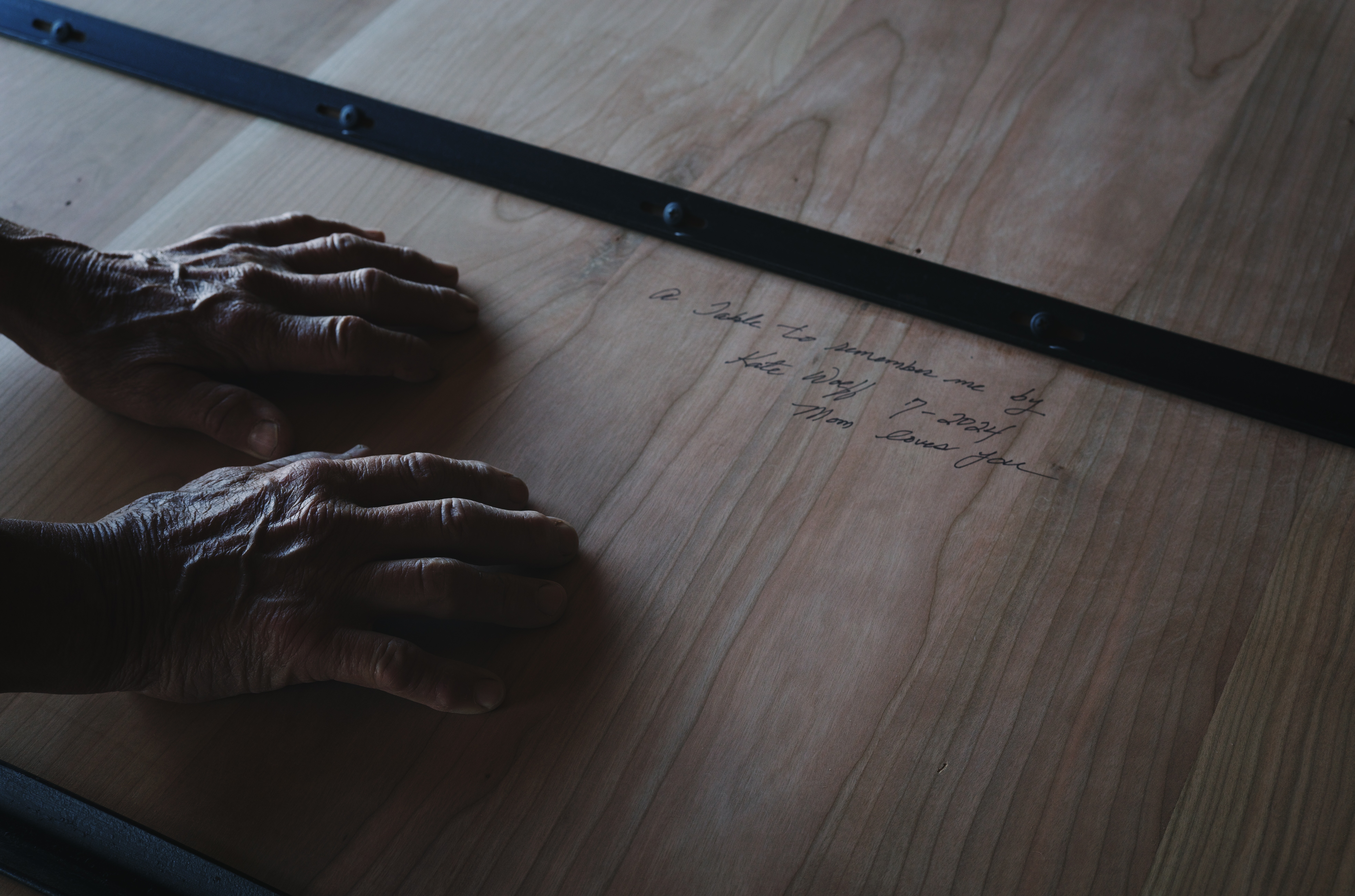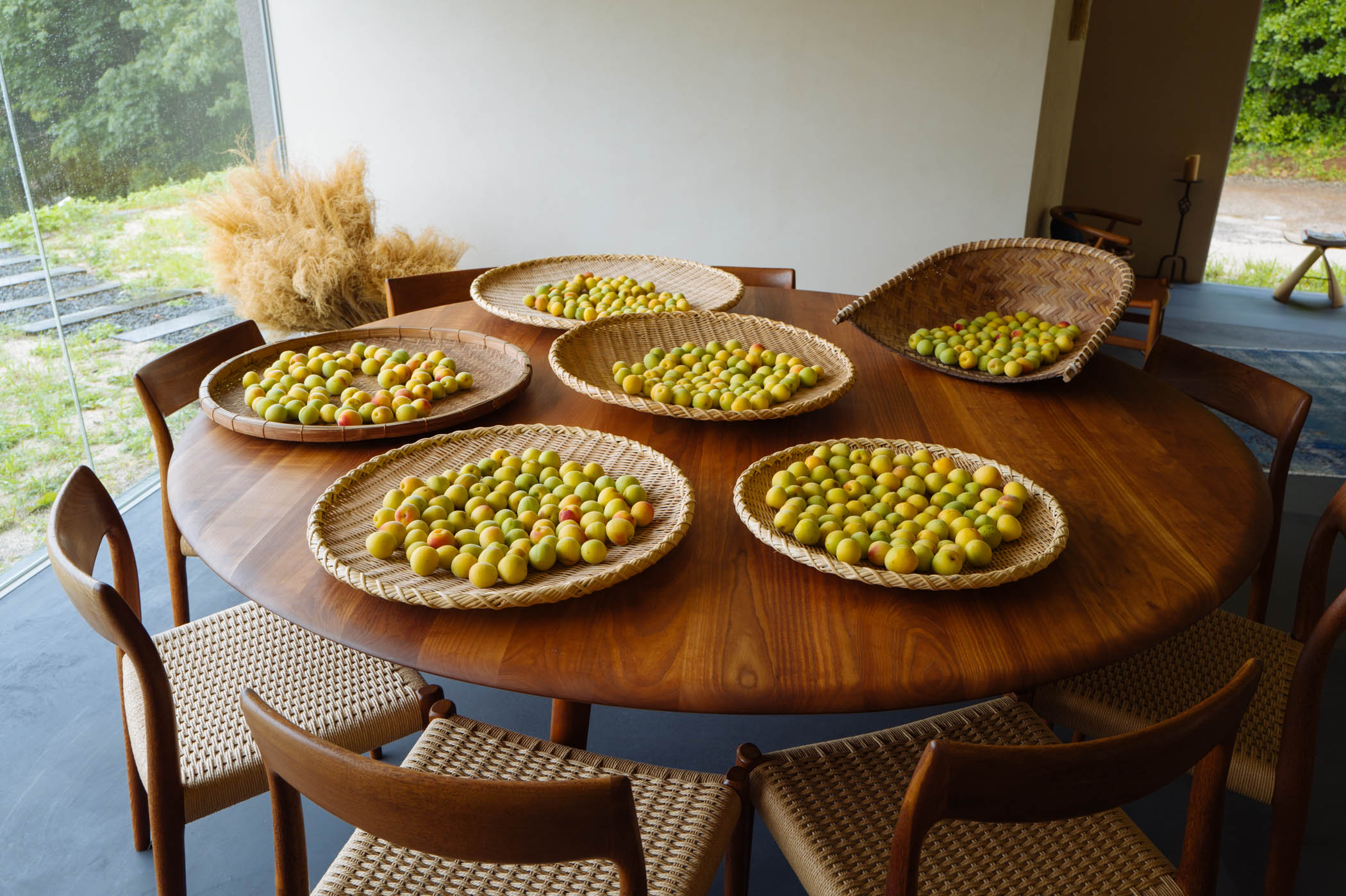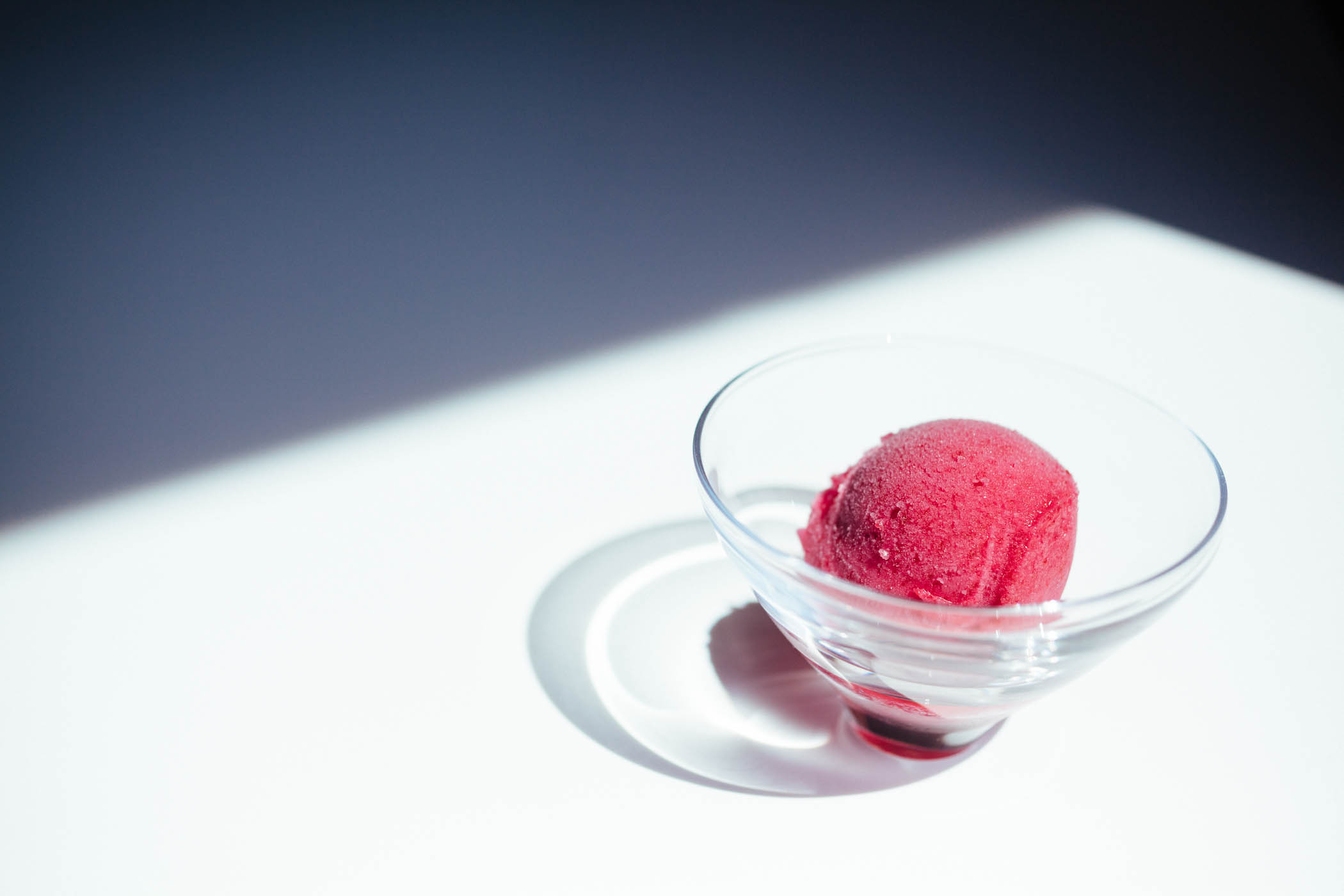Tea Ceremony and the Art of the Daily Meal
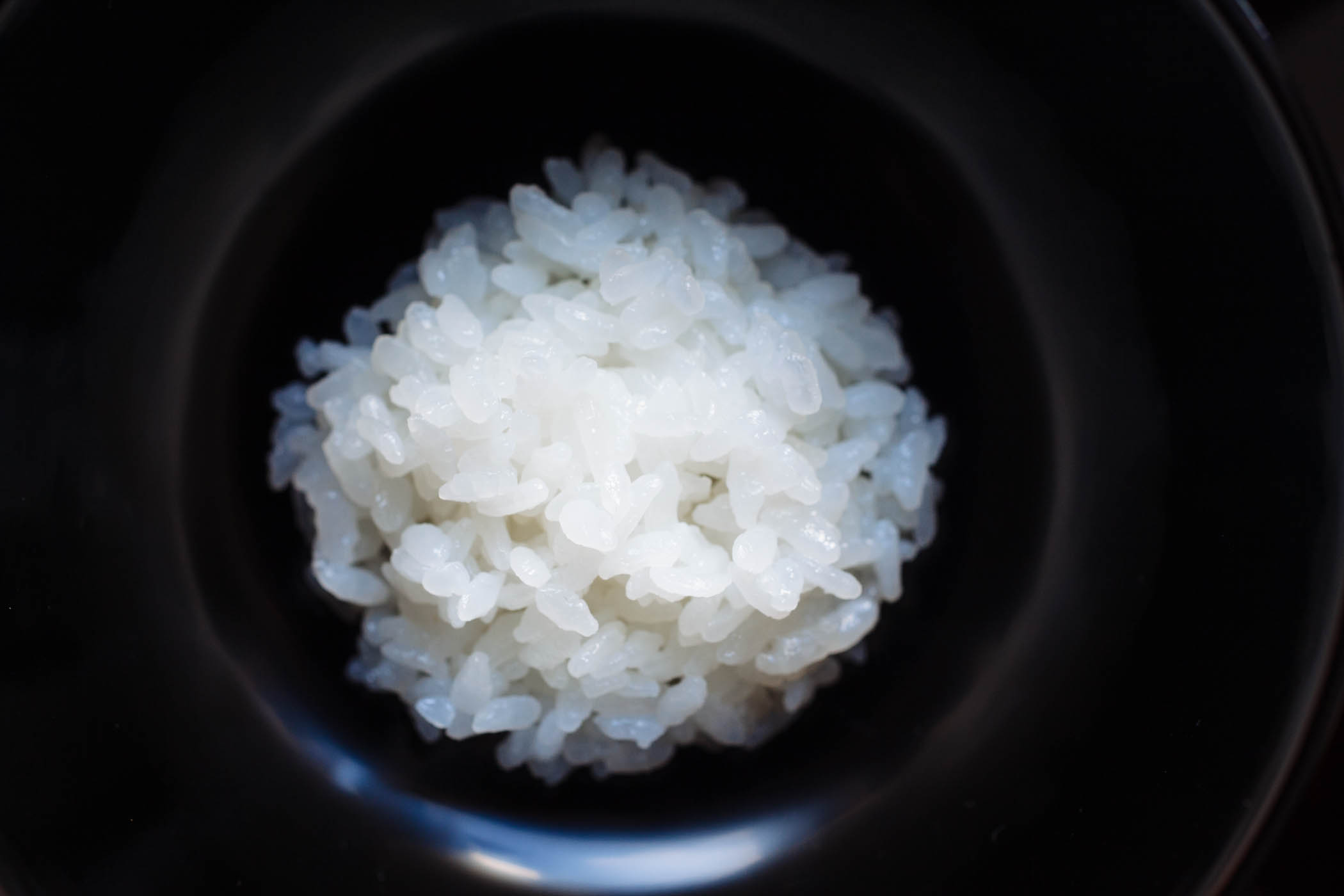
I remember a decade back, when I still knew relatively little about Japanese cuisine, I asked Kuniko to describe a cha-kaiseki meal that precedes tea in the tea ceremony. She outlined the general styles of dishes. She described the first small portion of rice and miso soup served alongside mukozuke, a small arrangement of raw seafood (except in summer). The following course wanmori, made of seasonal ingredients in clear broth arranged in a lidded lacquer bowl, is considered the main course and is the dish principally tasked to prepare the stomach for tea. Yakimono, fish grilled over charcoal with an accompanying vegetable, comes after. She described azukebachi another primarily vegetable course that could be nimono, seasonal ingredients simmered together in broth, or ohitashi, vegetables soaked in seasoned dashi. She could easily be describing the very dishes she served each night at her table, I thought, as I listened.
Kazuko Gotou, entrusted by her position in the Mushakouji family to preserve and pass on the full expression of tea ceremony, has dedicated her life to teaching the principles of cha-kasieki. When Gotou came of age learning to cook at her mother’s side, her family regularly employed hired chefs for tea ceremonies. But she would like to see cha-kaiseki return to its simpler roots. The heart of cha-kaiseki is for this person, she told me, in a conversation we had about the tea ceremony meal. If you hold that spirit in your heart you will inherently want to find the freshest ingredients to make the dishes that you know your guest loves. And seeking the best to share doesn’t imply expensive or exotic or rare, she emphasized, it simply means the finest option available. Imagine a mother who is planning for her daughter’s birthday and thinks, today I will cook the foods she likes best. “That expression of love, that heart, that is the spirit with which a host plans a meal for the guests coming to a tea ceremony,” she said.
In his book Kaiseki: Zen Tastes in Japanese Cooking, Kaichi Tsuji ultimately defines cha-kaiseki as ordinary food. “Many of the dishes are everyday fare, and they are all part of traditional Japanese cooking. It is the care that goes into its preparation and serving that makes [cha]-kaiseki truly unique” he writes. It is precisely the care that Kuniko puts into each dish she makes that has always stood out to me, the very thing that makes her kateiryori – home cooking – so delicious and elegant and touching. Eating at her table you taste a meal seasoned with kindness. Her techniques are straightforward, her ingredients are ordinary, but her dishes are extraordinary because of the consideration she affords them. As I continue to learn and practice kateiryori, this is what I’ve set myself to emulate. And I remain inspired by the clear influence flowing between the the meal at home and the meal in the tea ceremony. Cha-kaiseki draws on kateiryori as the basis of the arrangement and flavors of dishes but affords them the next level of consideration and offers a perfect model for how to bring simplicity, seasonality, style, and grace to our own tables each and every day. And that extra thoughtfulness can teach us a lot about hospitality, about how to care for our invited guests, be they family, friends, or strangers. Of course it takes time. Often our whole evening is dedicated to cooking and eating and cleaning up. But when we give meals our time, in return they feeds us on so many levels.
